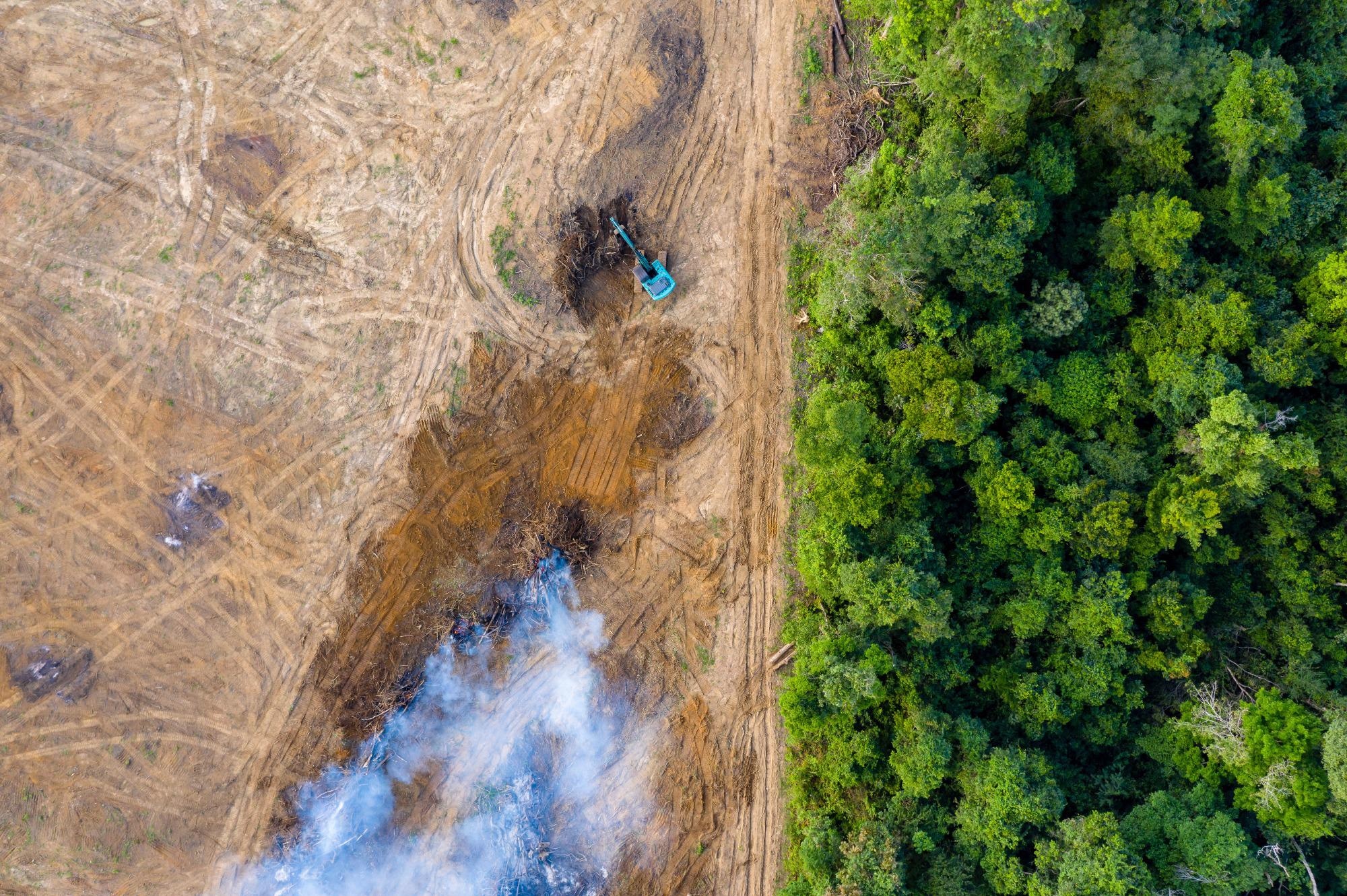Along with climate change, extensive deforestation of the Amazon rainforest will increase the number of people in northern Brazil who are at risk of extreme heat — with potentially fatal results and disastrous economic impacts, according to a pioneering study released recently by Brazilian scientists in the Communications Earth & Environment journal.

Image Credit: Shutterstock.com/ Richard Whitcombe
Extreme heat levels, which are physiologically unbearable to humans, will greatly impact areas where very vulnerable populations, including Indigenous Peoples, live. This is the first study to measure the collective impacts of widespread forest loss — which would ultimately turn the Amazon into a savanna — and climate change on people’s health and productivity.
According to the research, deforestation and climate change estimate amplified risk of heat stress in the Brazilian Amazon. There is a deforestation threshold in the Amazon, beyond which human survival is defenseless. Crossing this threshold causes an “extreme health effect,” which by 2100 could leave nearly 12 million people living in the northern regions of Pará and Amazonas in Brazil under the heightened risk of heat stress.
Extreme heat conditions induced by deforestation may have significant and long-lasting adverse effects on human health. If deforestation continues at its current rate, the effects for our civilization will be dramatic. In addition to impacts on human health and survival, these findings have serious economic implications far beyond crop damage.
Paulo Nobre, Study Co-Author and Senior Researcher, National Institute for Space Research (INPE), Brazil
Paulo Nobre authored the study report with Marcus Bottino, Beatriz Alves de Oliveira and Carlos Nobre.
High temperatures and humidity deteriorate the cooling capabilities of the human body, causing a rise in body temperature. Continuous exposure to such conditions results in exhaustion and dehydration, and, in more extreme scenarios, tension and collapse of critical functions, which can be fatal. Furthermore, heat stress disturbs mood and mental illness and decreases psychological and physical performance.
Researchers already have a deep-rooted understanding of how deforestation in the tropics adds to worldwide climate change through carbon emissions and reduces the ability of the world’s forests to capture more carbon from the air.
A new line of research is developing, revealing the ways in which tropical deforestation has climate impacts that go beyond carbon: Deforestation instantly raises extreme heat locally and cuts rainfall both regionally and locally.
In Brazil, this effect is already visible. The latest research has uncovered that the merged effects of deforestation and climate change are being experienced in the Amazon region, with the most extreme heat increases witnessed in large, deforested areas between 2003 and 2018. The agriculture sector is already undergoing the impacts of this extreme heat coupled with low rainfall.
The new study is the first to carefully analyze how increases in extreme heat will affect humans. The team learned that the combination of deforestation and global warming could raise the heat risks of outdoor workers, who are already working in increased temperature conditions.
Moreover, the study discovered human activities accountable for massive forest loss in the Amazon. This includes forest fires and agricultural and mining expansion, leading to unplanned urbanization, more frequent informal work and lack of basic sanitary infrastructure — all of which additionally affect vulnerable people.
When these aspects combine, deforestation and its impacts cause more inequality and vulnerability, which interact with climate change to raise the pressing need for health and social protection services in the Brazilian Amazon region.
The study indicates that effects happen regionally, and the most severe immediate impacts will probably happen in northern Brazil. Among Brazil’s 5,565 municipalities, 16% of them (about 30 million inhabitants) might be affected by thermal stress because of the savannization of the Amazon. Of the affected population, 42% live in municipalities in Brazil’s northern region, which comprises areas with high social vulnerability.
In this region, about 12 million people could be open to the extreme hazard of heat stress by 2100. The authors state that, with the savannization of the Amazon and limited adaptation abilities in northern Brazil, inhabitants may have to deal with risky survival conditions, escalating such effects as large-scale migration.
Furthermore, heightened exposure to thermal stress could lower labor productivity in many domains of the economy, if workers are exposed to deadly heat conditions. In Brazil, outdoor workers are already experiencing heat stress, and estimations specify progressively high-risk exposure over the coming decades.
By 2030, an estimated 1.5 °C increase in world average temperatures could decrease working hours in Brazil by the equivalent of 850,000 full-time jobs, particularly in the construction and agricultural sectors. In agriculture, high risk related to intense heat and work overload has already been noticed among sugarcane cutters.
The scientists stress the pressing need for organized measures to avoid destructive effects on vulnerable populations.
The local effects of land use changes are directly linked to forest sustainability policies and strategies, but changes are within society’s reach. For example, the health sector could be an important source of policy solutions to mitigate risk and vulnerability.”
Beatriz Oliveira, Scientist, Fundação Oswaldo Cruz (Fiocruz)
The team’s estimates did not deliberate upon population growth or variations in demographic structure or life expectancy. Thus, the results displayed in the study reveal only the isolated effects of climate change and savannization, and may be inferred to signify the effects seen if the current population was exposed to the estimated heat stress distributions.
Journal Reference:
de Oliveira, B.F.A., et al. (2021) Deforestation and climate change are projected to increase heat stress risk in the Brazilian Amazon. Communications Earth & Environment. doi.org/10.1038/s43247-021-00275-8.